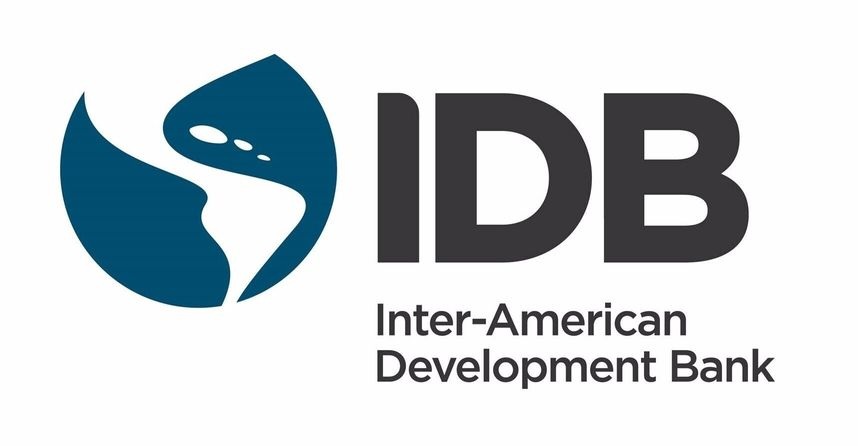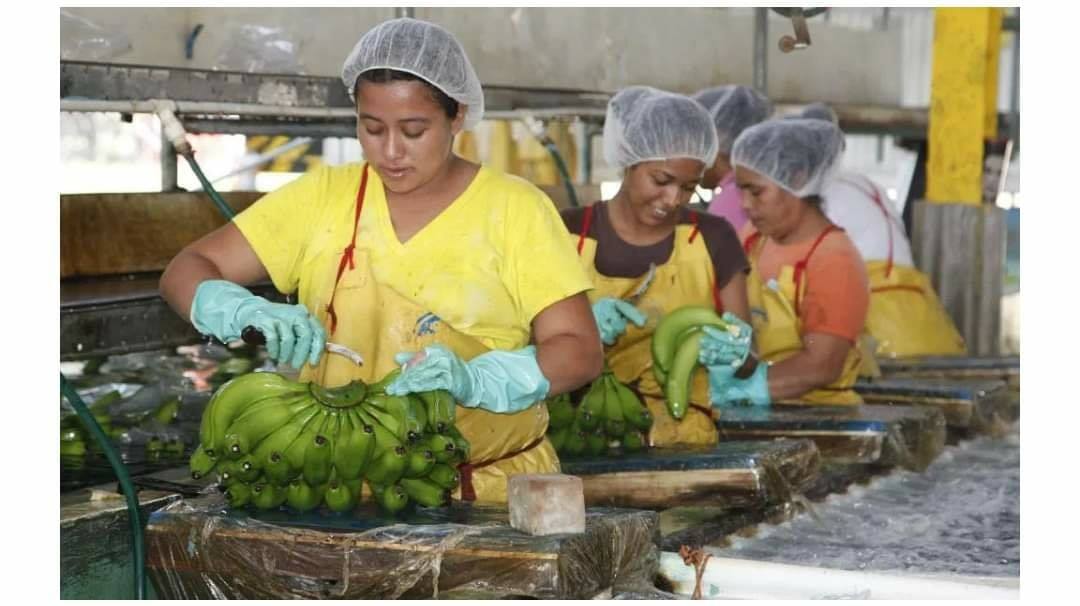Panama Launches a Financial Innovation Hub with IDB Support
The Hub will promote the development of financial products for vulnerable groups and minorities.

With the aim of fostering dialogue between regulators and innovators in the financial sector, promoting financial inclusion, and strengthening system stability, the Panama Financial Innovation Hub (Finhub) was launched with the support of the Inter-American Development Bank (IDB) and other sector entities, its promoters reported. The platform is part of the IDB’s strategy to build a network that fosters the development of a robust and sustainable fintech ecosystem in Central America and the Caribbean, according to the Superintendency of Banks of Panama (SBP).
Who owns Inter-American Development Bank?
The United States holds 30 percent of the Bank’s shares, while the countries of Latin America and the Caribbean combined hold 50.02 percent, with another 20% held by member countries in Europe and Asia. This arrangement is unique in that the developing member countries, as a group, are the majority shareholders.
It is organized into two levels of operation: a public one to serve fintech entrepreneurs and a private one for coordination between regulatory entities. It will also utilize digital tools and efficient processes that will enable modern and transparent management. “The Hub will facilitate interaction between innovators in the fintech ecosystem and financial authorities, allowing them to guide, observe, and support initiatives that are transforming the way financial services are designed and offered,” said Gloria Lugo, IDB representative in Panama.
Meanwhile, Milton Ayón Wong, president of the Financial Coordination Council (FCC), emphasized that with this initiative, the country is strengthening responsible innovation and reinforcing its commitment to the sustainable, inclusive, and secure development of the financial sector. The platform establishes a structured space for dialogue to foster a clear legal environment for emerging business models. On the one hand, it allows financial sector innovators to engage with regulators and supervisors about their business models and technologies; on the other, regulators will be able to analyze and support innovative business models and new technologies and submit recommendations to the CCF to address regulatory barriers identified during the dialogue process.
The hub was launched following a collaboration between the SBP, the Superintendency of the Securities Market (SMV), the Superintendency of Insurance and Reinsurance of Panama (SSRP), the Panamanian Autonomous Cooperative Institute (IPACOOP), the Savings and Pension Capitalization System for Public Servants (SIACAP), and the General Directorate of Financial Companies of the Ministry of Commerce and Industry (MICI), whose top authorities make up the Financial Coordination Council (CCF). The IDB also collaborated with the IDB through its Fintech LAC initiative. In addition to its focus on innovation, the Hub will promote female participation in the sector and the development of financial products for vulnerable groups and minorities with little or no access to the formal financial sector in the region.
The funds that the IDB lends are raised by selling bonds to institutional investors at standard commercial rates of interest. The bonds are backed by (a) the sum of the capital subscriptions actually paid in by the Bank’s 48 member countries, plus (b) the sum of the callable capital subscriptions pledged by the Bank’s 22 non-borrowing member countries. Together these constitute the Bank’s ordinary capital, some $101 billion. Of this amount, 4.3 percent is paid in, while the remaining 95.7 percent is callable.





